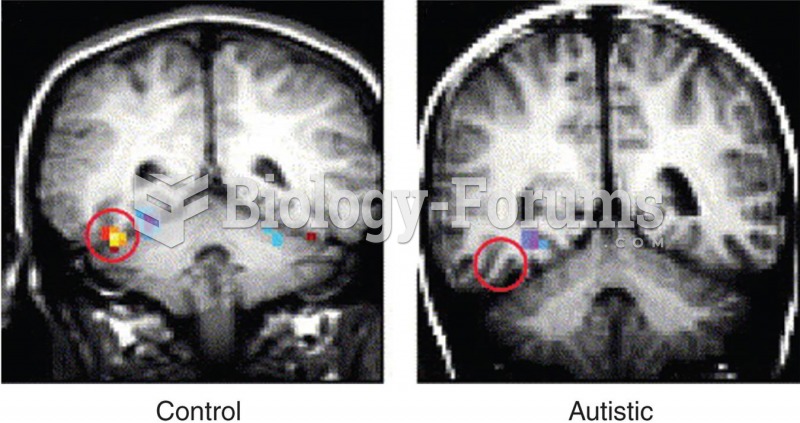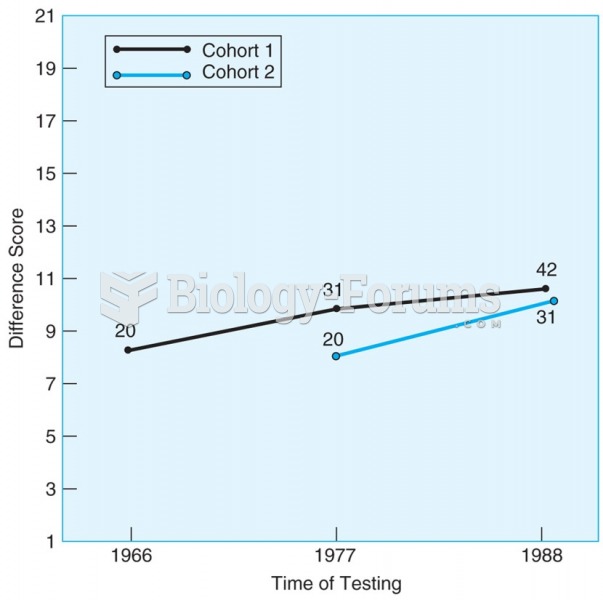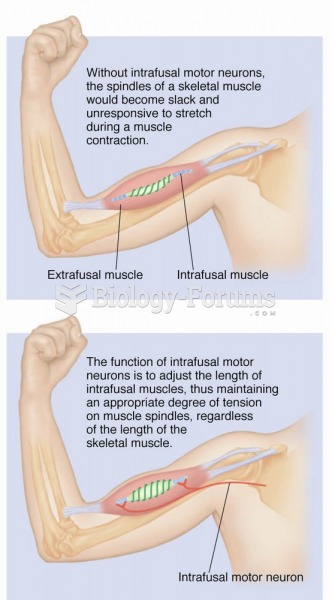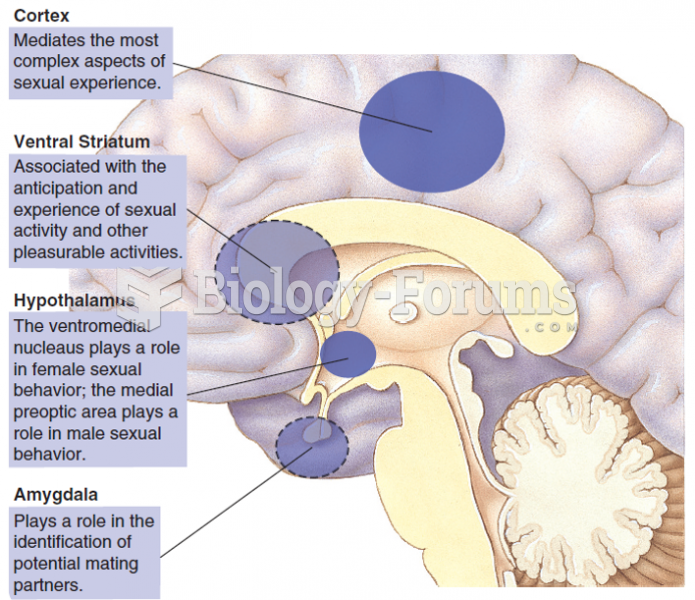Answer to Question 1
b
Answer to Question 2
As with almost anything else in psychology, individual differences depend on both heredity and environment. Many environmental factors are easy to identify. Certainly people who were abused in childhood, people who witnessed violent abuse between their parents, and people who live in a violent neighborhood are at greater risk of violence themselves. People who have found success in the past by fighting are more likely than others are to fight again. Within any country, violence tends to increase as the weather grows hotter.
Another factor is exposure to lead, which is harmful to developing brains. Since the banning of lead-based paints and the rise of unleaded gasoline, the prevalence of violent crime has declined, possibly as a result of the decreased lead in the environment.
What about heredity? Monozygotic twins resemble each other more closely than dizygotic twins do with regard to violent and criminal behaviors, and adopted children resemble their biological parents more closely than their adoptive parents. Genes influence violent behavior in many ways, including autonomic arousal. People with lower than average autonomic arousal tend, on average, to be more aggressive, probably because they react less strongly to fear of the consequences. Researchers found that 1-year-old infants with low autonomic arousal were more likely than average to show aggressive, antisocial behaviors when they reached age 3 . However, various kinds of aggressive behavior occur under different circumstances, and we cannot expect to find a single gene or set of genes that will account for all the variations in all populations. For example, researchers found one gene linked to aggressive behavior that is common only among people of Finnish ancestry.
After researchers repeatedly failed to find a strong link between aggressive behavior and any single gene, they explored the possibility of interactions between heredity and environment. Particularly interesting is the gene controlling the enzyme monoamine oxidase A (MAOA). After a neuron releases serotonin, dopamine, or norepinephrine, most of it returns to the neuron via reuptake. At that point the enzyme MAOA breaks down some of it, preventing possible accumulation of an excessive amount. People vary in their genes for MAOA, as some people have a less-active form of the gene. Considering the previous discussion of how low serotonin increases the probability of aggression, we might predict that the more active form of MAOA would link to aggression, because it breaks down serotonin and leaves less available for release. Contrary to this prediction, the low-activity form shows more link to aggression. However, the effect of the gene depends on prior experience. A pioneering study reported that the low-activity form of the gene increased violent behavior only in people who had a seriously troubled childhood environment, such as being physically abused or watching parents fight. This result is fascinating because of its apparent demonstration of an interaction between genetics and environment.
Since then, although some studies failed to replicate this finding, most studies did. The low-activity form of the gene is uncommon in most populations. Because it is an X-linked gene, far more men than women have just the low-activity form of the gene. It may, therefore, contribute to the greater prevalence of violent behavior in men than in women.
Overall, what can we say about the biological bases of aggressive behavior? At this point, not much is clear. Low serotonin activity is weakly associated with increased aggression, but the form of the MAOA gene that strongly breaks down serotonin links to less aggression, and only for people with a history of childhood maltreatment. In any case, the effects are small. If we want to control human violence, biological interventions are probably not the most promising route.






